- Home
- slideshows
- miscellaneous
- These photos show why the US Coast Guard's snipers are some of the best in the business
These photos show why the US Coast Guard's snipers are some of the best in the business
Precision fire is a central part of the Coast Guard's operations, whether it's on the open ocean or in US ports and waterways.

Though their area of operation is the sea, Coast Guard marksmen do train on land.
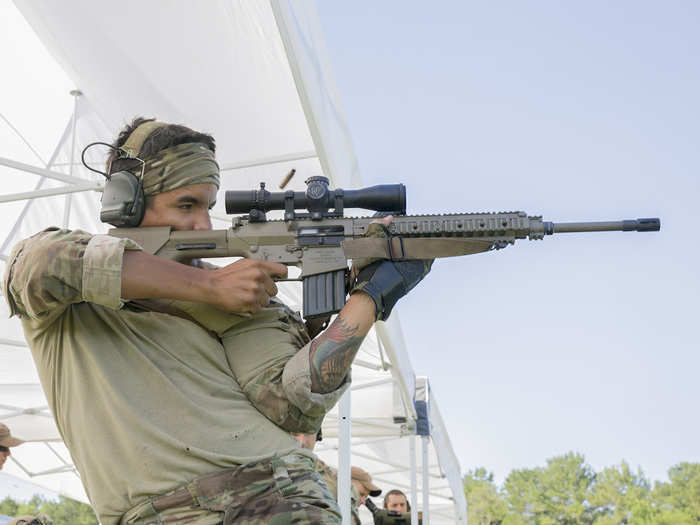
"We conduct training on the flat range weekly, do various range and yard lines, concentrating mostly on snaps and movers," a Coast Guard Maritime Security Response Team member told Military.com, referring to targets that appear suddenly and change position. "Because that's where your bread and butter is. I mean, shooting moving targets is it."
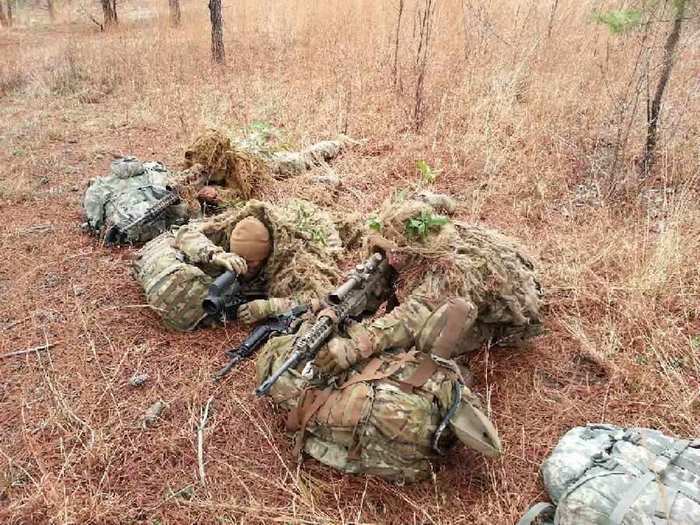
"The relationship between the shooter and the spotter is extremely important. The spotter's job is probably the hardest He's evaluating the factors with the wind," the MRST member said. "The spotters responsibility is to actually see what the wind is doing and give the shooter the correct information so that he can make that accurate shot."
In early 2016, Pitrelli and Purcell made history as the first active-duty Coast Guardsmen to graduate from Army Sniper school at Fort Benning, Georgia.
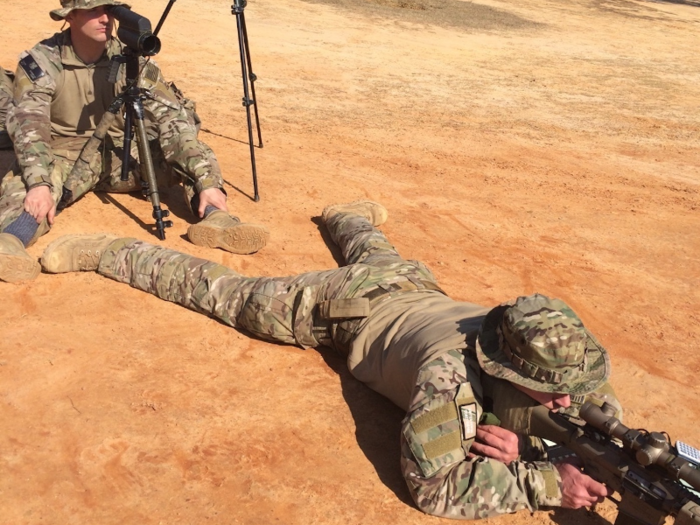
Coast Guard marksmen have also shown their prowess in head-to-head competition. In 2017 and 2018, Coast Guard teams finished 3rd and 9th, respectively, in the International Sniper Competition hosted by the US Army. In both those years, the Coast Guardsmen beat out the Marines, who finished 7th in 2017 and 10th in 2018.
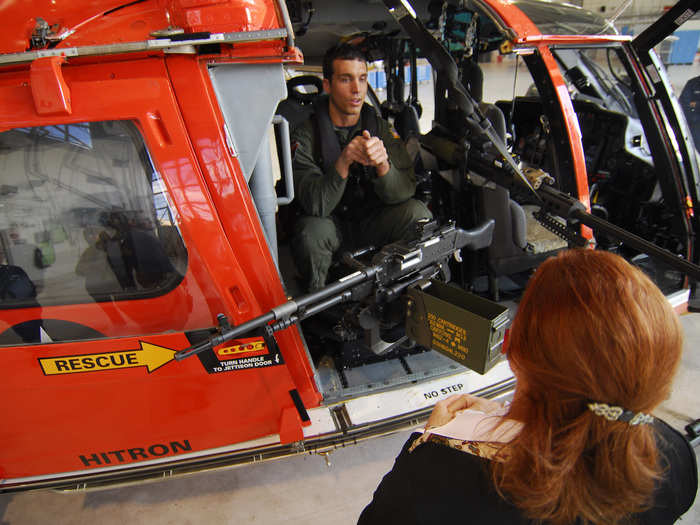
The 2017 and 2018 results have brought derision for Marine snipers and praise for Coast Guard marksmen.
But it's at sea where the Coast Guard's marksmen and gunners go to work, often perched over the water in one of the service's helicopters. Striking a small target like a boat's outboard motor from a moving helicopter is no easy feat — especially when that boat is pitching and rolling in the open ocean.
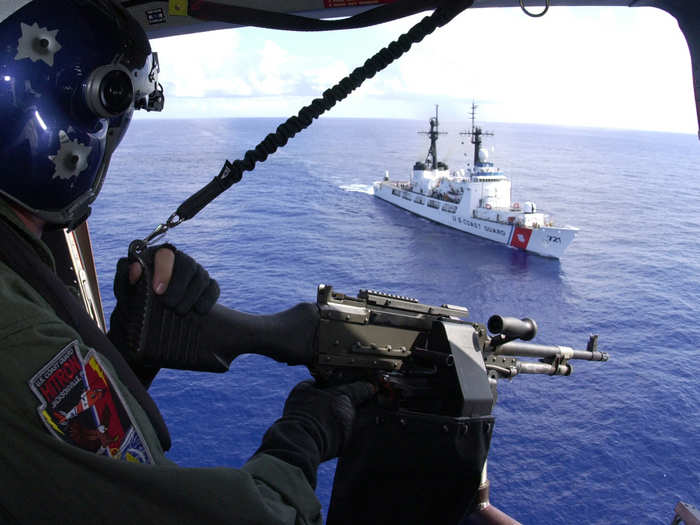
On shared waterways of ports and rivers, the Coast Guard has to determine who is just a boater and who has malicious intent. "We have a continuum, what we call a use-of-force continuum," Capt. Jason Tama, commander of Coast Guard sector New York, told Business Insider in October. "The last thing we want to do is, certainly, use deadly force, but we're prepared to do that if we have to."
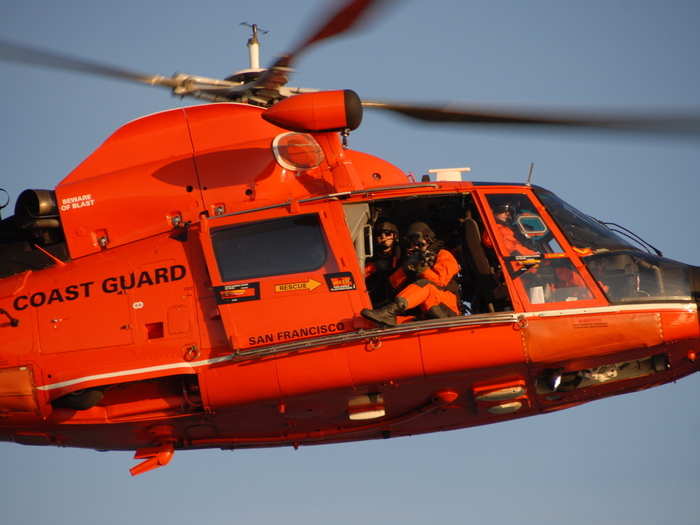
Coast Guard marksmen are often armed with Robar RC-50 anti-material rifles, which are designed to take out machinery (and are also used by US Special Operations Command.)
Coast Guard helicopters and surface vessels, like the 45-foot small boats used in the use-of-force demonstration in New York Harbor in October, can be armed with mounted M240 machine guns.
"Our first move, we'll move out to intercept them, try to determine their intent and get the vessel to stop, using lights and sirens just like you would on any street in America," Lt. Cmdr. Devon Brennan, head of the Coast Guard's Maritime Safety and Security Team in New York, said during a use-of-force demonstration in October. "If radio call-outs and communications doesn't work, the next step will be to deploy the warning shots. ... If they still don't comply, then we escalate the steps to disable their engines."
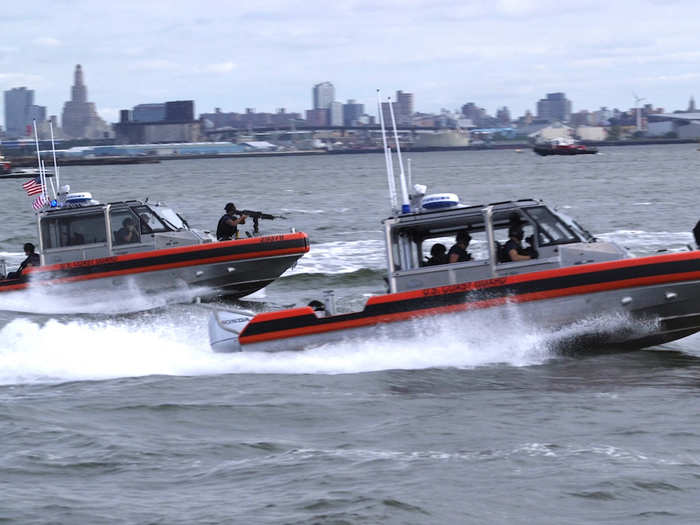
The Coast Guard's Maritime Safety and Security Teams, or MSSTs, and Maritime Safety and Response Teams, or MSRTs, were set up after the September 11 to respond to terrorism and other threats to US ports and waterways.
There are now 11 MSST teams whose assignments include security for UN General Assemblies, national political conventions, hurricane-response efforts, and major sporting events.
MSRTs are a ready-alert force for the Coast Guard and Defense Department combatant commanders for both short-notice operations and planned security needs. MSRTs provide subject-matter expertise for security, training, and disaster-response events and recent operations include presidential inaugurations and NATO summits.
Read more: An ISIS-inspired tactic is raising concerns in US ports
On the high seas, especially in the eastern Pacific Ocean where 85% of the South American narcotics bound for the US move, hours of boredom are punctuated by encounters with suspected smugglers. They travel in everything from simple outboard pangas to sophisticated narco subs.
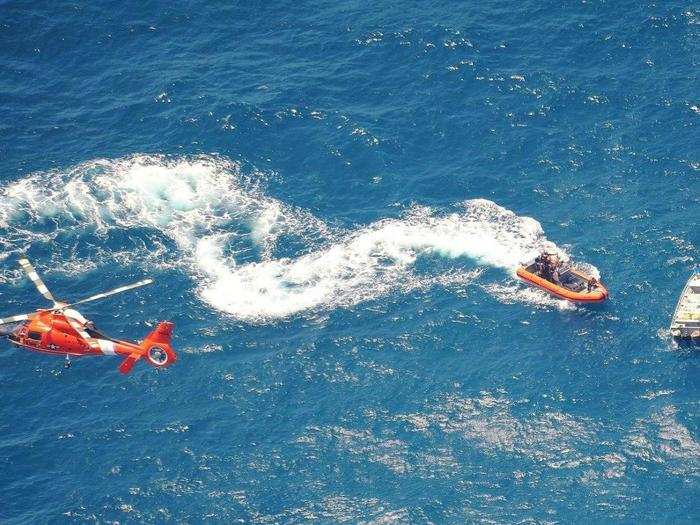
Coast Guard interdiction crews will wait on-call aboard their ship. When the mission is expected to involve just questioning, "then you're thinking, are they going to be compliant? How am I going to approach the vessel? What's the safest angle of approach?" Lt. j.g. Simon Juul-Hindsgaul, a member of the James' crew, told Business Insider on Thursday.
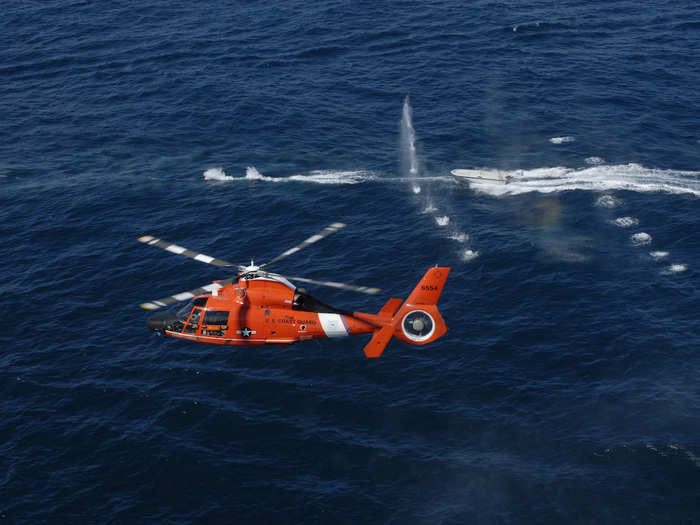
Suspect vessels that try to evade the Coast Guard will get a warning over the radio.
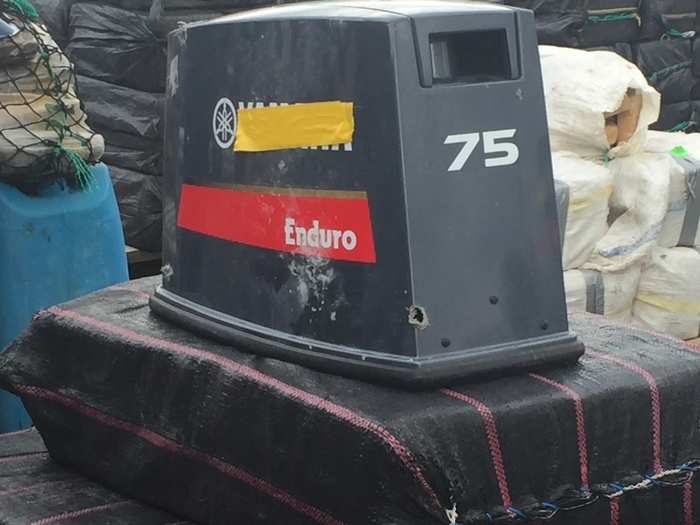
Failing to heed radio calls will bring warning shots, typically across the bow of the suspect vessel. Ignore those shots, and Coast Guard sharpshooters will try to take out your engine.
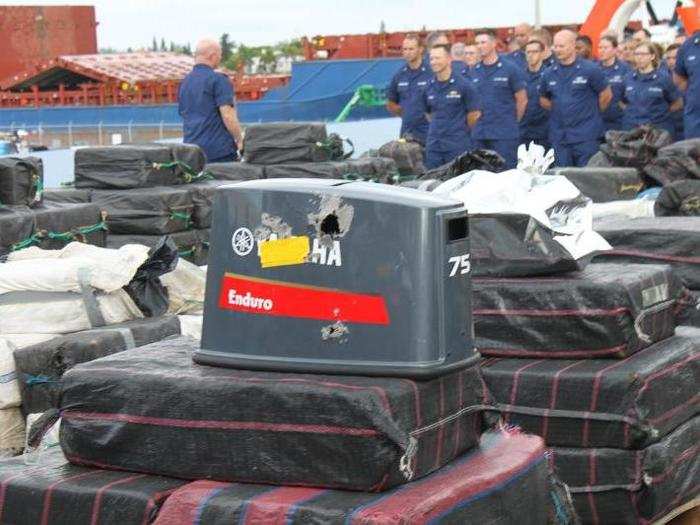
"When we come upon a vessel and we stop them in international waters and they're suspected of drug smuggling, we ask them to heave to," Randall, the James' captain, said during the offload on Thursday.
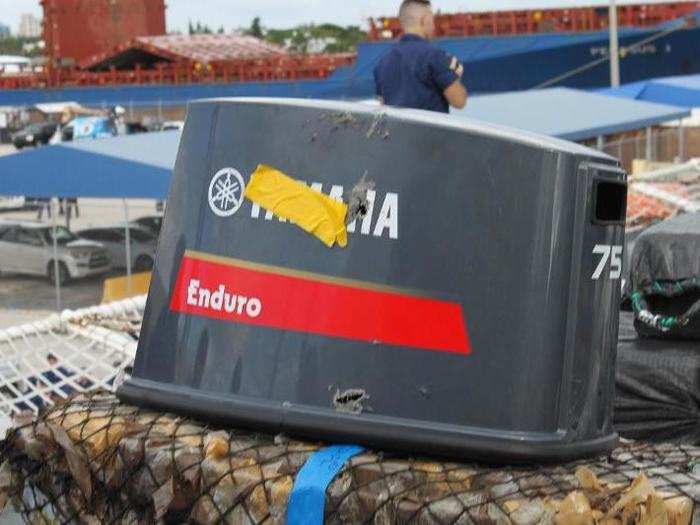
"In cases where they run, then we may use that aerial-use-of-force capability to get them to stop, compel compliance, and then we can go on an effective boarding to see what they may be doing out there at sea," Randall added.

Popular Right Now
Popular Keywords
Advertisement